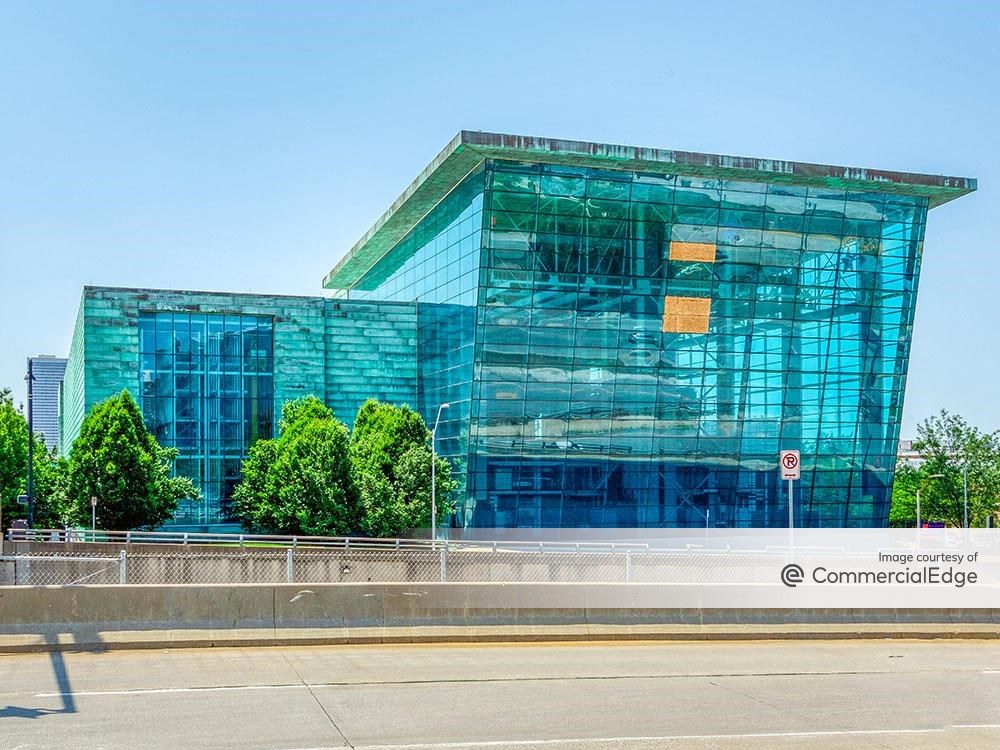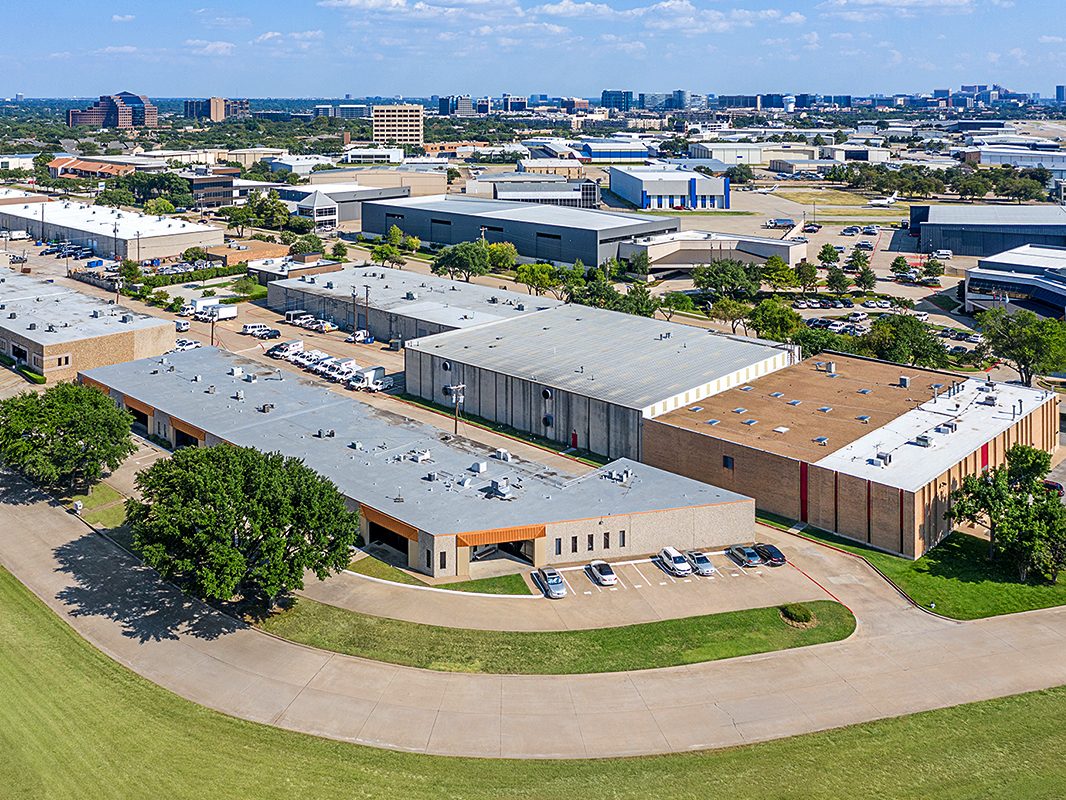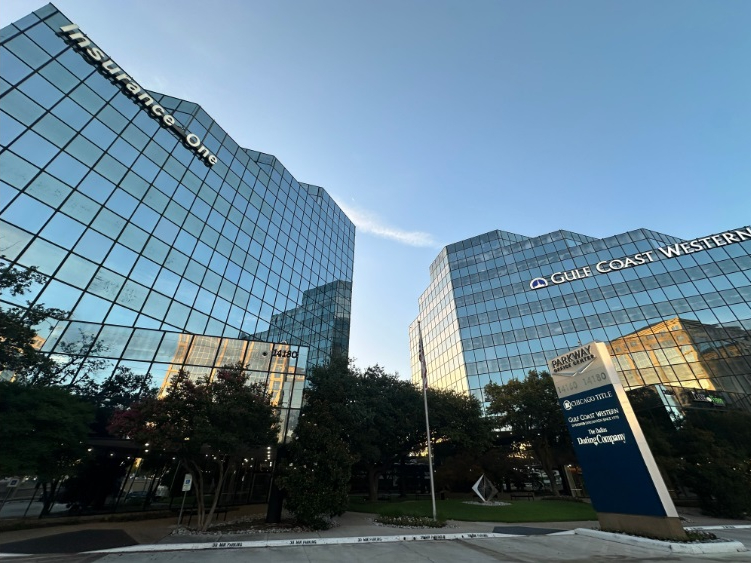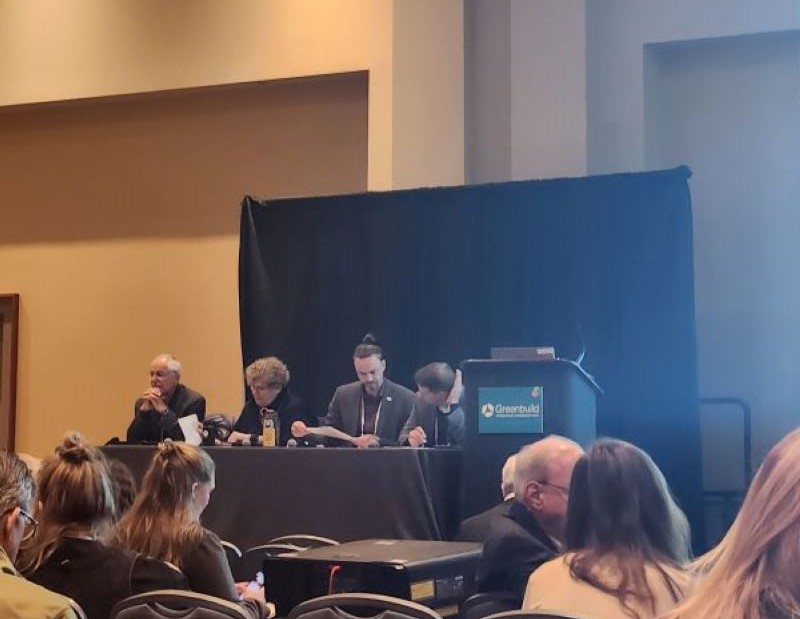JLL: Rents Expected to Keep Rising at U.S. Skyscrapers
Rents are rising and vacancy rates are falling at America’s trophy skyscrapers, spurred by aggressive investors, tightening supplies and the growing technology, energy and healthcare sectors.
By Gail Kalinoski, Contributing Editor
Rents are rising and vacancy rates are falling at America’s trophy skyscrapers, spurred by aggressive investors, tightening supplies and the growing technology, energy and healthcare sectors.
Those are some of the trends researchers at JLL have included in their Spring 2014 U.S. Skyline Review. The 70-page proprietary report that covers 43 office markets across the United States concludes this is a good time to be a landlord.
“Its’ a perfect storm for landlords as space options in the Skyline are decreasing. This has fueled their confidence to raise rents,” Gregory Green, International Director at JLL, said in a news release about the report. “We predict rents in the Skyline will rise even higher with fewer concessions in this supply-constrained environment over the next 24 months.”
The report notes that over the past three years, rents have increased 17.1 percent compared to the 9.8 percent increase seen by the boarder market. In some markets, particularly those with booming tech and energy businesses, the numbers are higher. In San Francisco, rents went up 80.7 percent over the past three years and 70 percent since 2005. Rents in Houston’s skyscrapers are up 17.7 percent over the past three years and 70 percent since 2005. Other markets with strong rental growth include Austin and Fort Worth, Texas; Denver, Bellevue, Wash.; Portland, Ore.; Salt Lake City and New York City.
“Across the board, the vast majority of markets have seen consecutive rent growth,” John Sikaitis, Managing Director of Research at JLL, told Commercial Property Executive. “Some have experienced rent growth of about 62 percent for eight consecutive quarters.”
The rising rents at U.S. trophy properties means a move toward a more landlord-friendly landscape, according to the JLL report.
“Today about 19 percent of the markets would be considered tenant friendly where we’re still seeing rents that haven’t moved up,” Sikaitis said. “By 2015, it will 15 percent and within two years, it will essentially be none.”
The lack of supply is causing much of the tightening.
“There are not too many new developments outside San Francisco, Houston and New York,” Sikaitis said. “The other 40 cities are still seeing really limited construction. The recovery has been happening for four plus years but there has not been new supply.”
Overall, there has been 17 million square feet of construction but the report notes the additional 40 Skylines tracked have an average of just 198,550 square feet under construction. Ten have vacancy levels below 10 percent with seven showing no current development and two with only one project each under construction.
San Francisco’s Skyline keeps evolving with more than 1.6 million square feet of new office building construction this year and next, much of it in the new South Financial District, where tech and creative companies are locating.
In addition to San Francisco, the report points to other “reinvented frontiers” in U.S. Skyline markets, partly due to changing demographics driven by the Millennial generation and a return to urban areas from suburbs, that are taking shape now or will be built out in the coming years.
Sikaitis points to Manhattan’s Far West Side, where the massive, mixed-use Hudson Yards development is under way, as well as Downtown Atlanta, South Park Los Angeles, Middle Market in San Francisco, Midtown Village in Philadelphia, the Arts District in Dallas and the Mount Vernon Triangle in Washington, D.C., as locations to watch for new office construction. The study notes those “reinvented frontiers” will also get more multi-family housing and retail as the millennials become the drivers of the workforce generation and seek more urban locations to work and live in.
Another key trend highlighted in the JLL Skyline report is the influx of foreign capital. Last year saw a resurgence of investment activity in both primary and secondary markets with sales rising 43.4 percent per square foot year-to-year in the primary Skyline communities and 20 percent in the secondary areas, according to the report. Much of that investment, particularly in New York City, Boston and Washington, D.C., came from foreign capital. The report states that 50.2 percent of the buyers in primary Skyline transactions were foreign investors.
“We see just a ton of foreign capital flooding this segment of the market,” Sikaitis said.
Investors from China and Norway had U.S. investments topping $1 billion last year. Capital also came from investors in Australia, South Korea and Canada, according to the report.
Sikaitis said the aggressive buying patterns by the foreign investors “starts to reset overall ownership.” He said domestic REITs, which owned a significant amount of trophy office properties in the past, can’t compete and get pushed into deals with higher risk. The report notes the REITs and domestic institutional investors are reevaluating investment strategies such as moving out of core Skyline markets or teaming up on more joint ventures. Sikaitis said domestic investors are also looking to the secondary markets such as Portland, Austin, Dallas, Philadelphia, Denver, Minneapolis, Pittsburgh, Miami, Raleigh and Charlotte, N.C.








You must be logged in to post a comment.